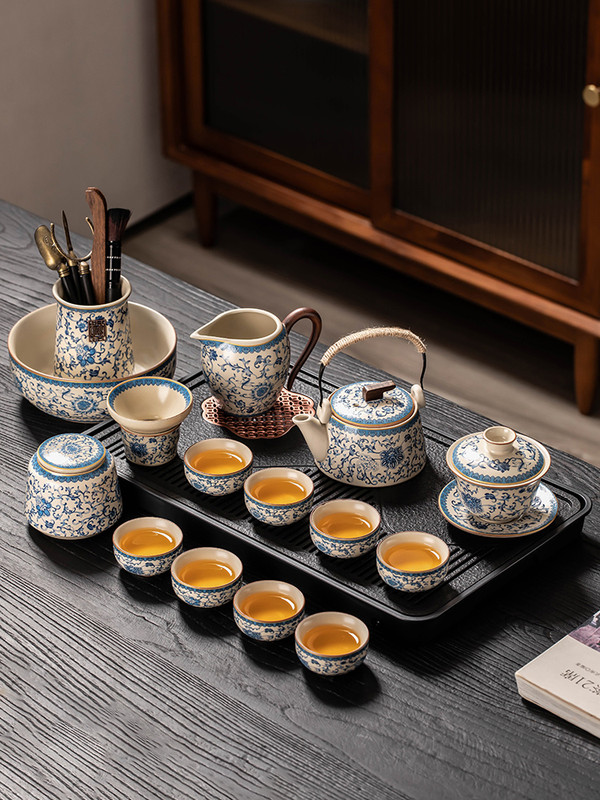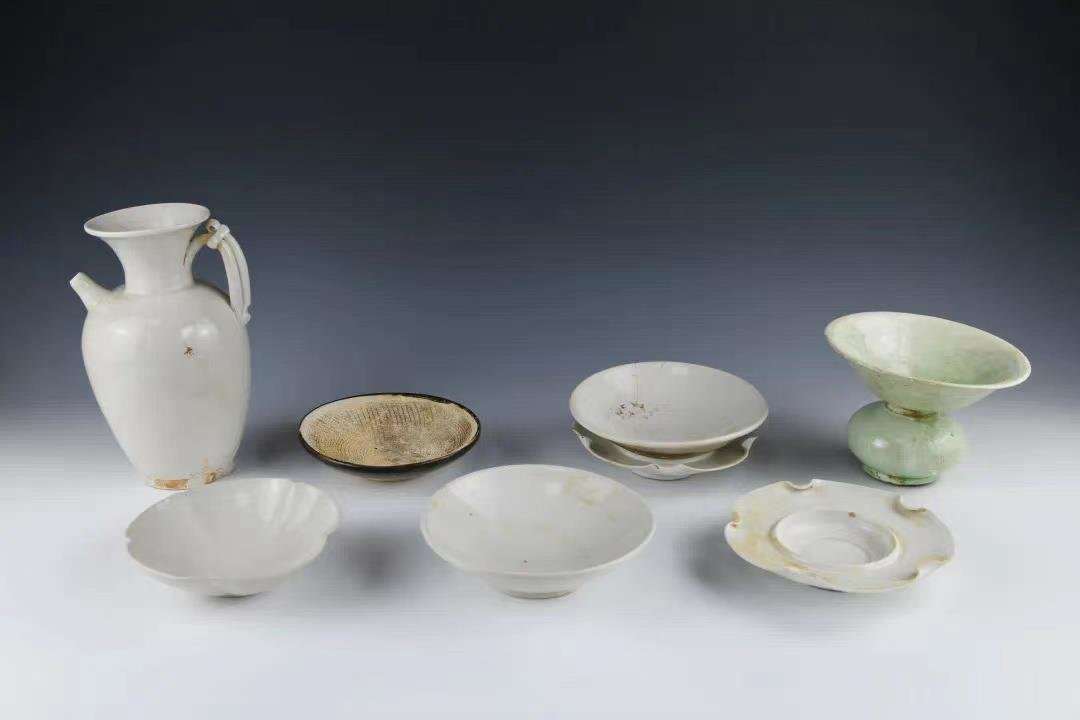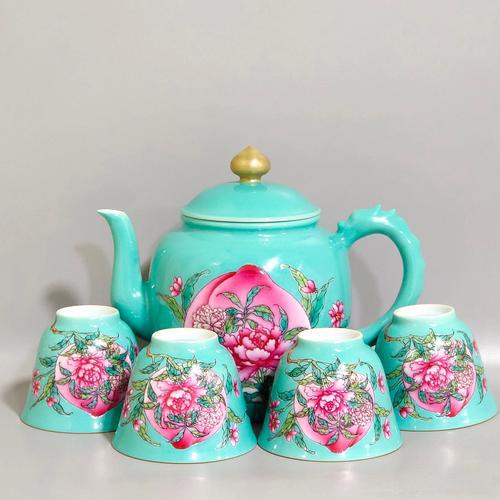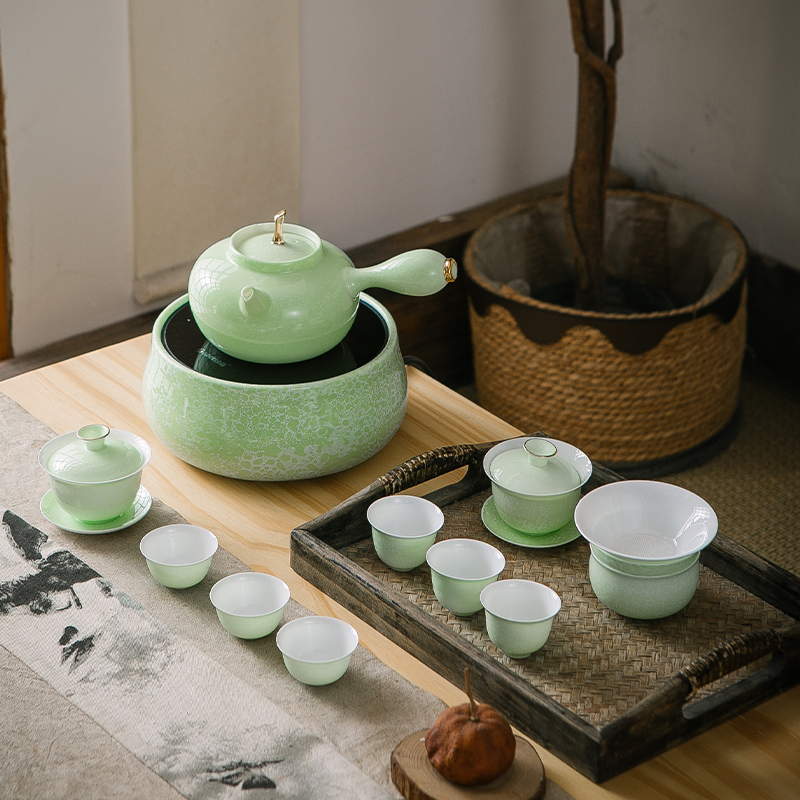The Ming Dynasty (1368–1644 CE) marked a pivotal era in the evolution of tea utensils, characterized by a deliberate return to simplicity, craftsmanship, and the democratization of tea culture. After the Mongol-led Yuan Dynasty, Ming emperors and scholars sought to revive Han Chinese traditions, rejecting foreign influences in favor of austere elegance. This period saw the rise of purple clay teapots (zisha hu), the standardization of loose-leaf tea preparation, and the emergence of tea utensils as symbols of literary and moral refinement.
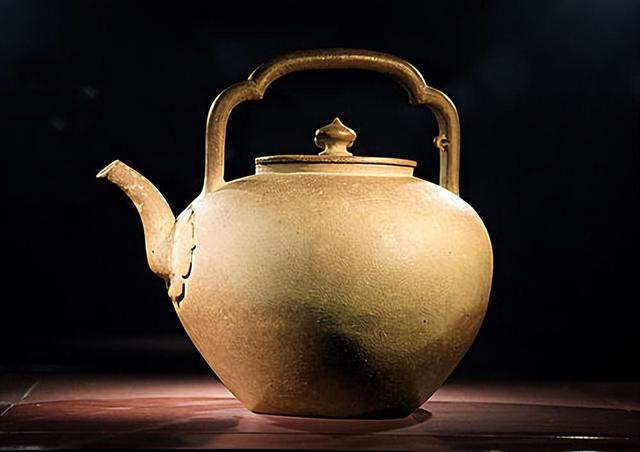
1. The Rejection of Foreign Influence: A Return to Han Aesthetics
Ming founders, particularly the Hongwu Emperor (r. 1368–1398), abolished Yuan-era practices like tea brick tributes, which they associated with Mongol opulence. In their place, they promoted loose-leaf tea, cultivated in Fujian and Zhejiang, and utensils crafted from indigenous materials:
- Bamboo Tea Tools: Scholars revived Song Dynasty bamboo utensils, using them for scooping, whisking, and serving. The bamboo tea spoon (chazhu), inscribed with poetry, became a metaphor for integrity.
- Lacquer Tea Trays: Red and black lacquer trays, often carved with landscape scenes, replaced Yuan-era silverware, embodying Ming Neo-Confucian ideals of humility.
2. The Rise of Purple Clay Teapots: Yixing and the “Five Immortals”
The Ming Dynasty witnessed the ascendance of Yixing purple clay teapots, prized for their porosity, heat retention, and ability to enhance tea flavor. Crafted from clay mined near Lake Tai, these pots became canvases for artistic expression:
- “Five Immortals” Styles: Artisans like Shi Dabin and Ouang Chunming developed five signature shapes—the “well-rounded,” “lotus,” “bamboo-segment,” “melon,” and “horizontal” pots—each reflecting Daoist or Confucian symbols.
- Inscriptions and Seals: Potters carved calligraphy, seals, and poetry into wet clay, with inscriptions like “Clear Mind, Pure Brew” (清心明目) linking tea to moral cultivation.
- Imperial Patronage: The Wanli Emperor (r. 1572–1620) commissioned sets adorned with dragon motifs, elevating Yixing ware to courtly status.
3. Tea Utensils and the Ming Literati: The “Four Arts of the Scholar”
Ming scholars integrated tea utensils into the “Four Arts of the Scholar” (qi, chess, calligraphy, painting), using them as tools for self-expression:
- Tea Tasting Parties (Cha Ji): Hosts used “seven-piece” tea sets—teapot, cups, bowl, strainer, spoon, whisk, and water jug—to demonstrate their aesthetic judgment.
- “Ru Ware” Revival: Though rare, Ming collectors sought Song Dynasty Ru ware bowls, valuing their “jade-like” glaze as symbols of cultural continuity.
- Bronze Censers: Tea ceremonies often included censers burning sandalwood or agarwood, with smoke patterns interpreted as omens or poetic inspirations.
4. Global Trade: Ming Tea Utensils and the Maritime Silk Road
Ming maritime expansion introduced tea utensils to global audiences:
- Kraak Porcelain: Mass-produced blue-and-white tea sets, featuring Dutch-inspired tulip patterns, dominated European markets. A 1610 inventory of the Dutch East India Company listed 120,000 Ming tea bowls en route to Amsterdam.
- Japanese “Old Imari”: Ming cobalt-blue glazes inspired Japanese potters, who replicated designs on “Old Imari” ware for export to Southeast Asia.
- Tibetan Tea Jars: Ming-era jars, inscribed with Tibetan mantras, facilitated tea-for-horse trade, solidifying China’s control over the Silk Road.
5. Philosophical Underpinnings: Neo-Confucianism and Tea
Ming tea utensils embodied Neo-Confucian ideals:
- “Wu wei” (Non-Action): The unadorned Yixing pot symbolized Daoist spontaneity, its minimalist form encouraging meditative brewing.
- “Li” (Principle): Scholars analyzed tea foam patterns as manifestations of cosmic order, with the “three peaks” foam (三龍護鼎) representing harmony between heaven, earth, and humanity.
- “Ren” (Benevolence): Shared tea cups, passed hand-to-hand, fostered communal bonds, reflecting Confucian filial piety.
6. Legacy: From Ming Courts to Modern Tea Culture
Ming tea utensils laid the foundation for global tea practices:
- Yixing Teapots: Today, these pots remain the global standard for oolong and pu-erh brewing, with modern artisans like Gu Jingzhou reviving Ming-era techniques.
- Japanese Tea Ceremony: Sen no Rikyū’s “wabi-cha” ritual adopted Ming-style simplicity, with matcha bowls echoing Yixing’s austerity.
- British Tea Sets: Ming blue-and-white patterns inspired 18th-century English “willow pattern” china, linking afternoon tea to Ming aesthetics.
Conclusion: A Civilization Brewed in Purple Clay
Ming Dynasty tea utensils represent the apex of Chinese tea culture’s synthesis—a blend of artistic innovation, philosophical depth, and historical resilience. By rejecting foreign ornamentation in favor of indigenous craftsmanship, they transformed tea from a courtly luxury into a medium for intellectual and spiritual exploration. Today, a Ming-era Yixing teapot or blue-and-white bowl serves not merely as a vessel for tea, but as a testament to an era where the act of brewing became a metaphor for cultural revival. As the Ming scholar Wen Zhenheng wrote, “A single cup of tea holds the essence of a thousand mountains”—a sentiment brewed in the crucible of Ming ingenuity.
